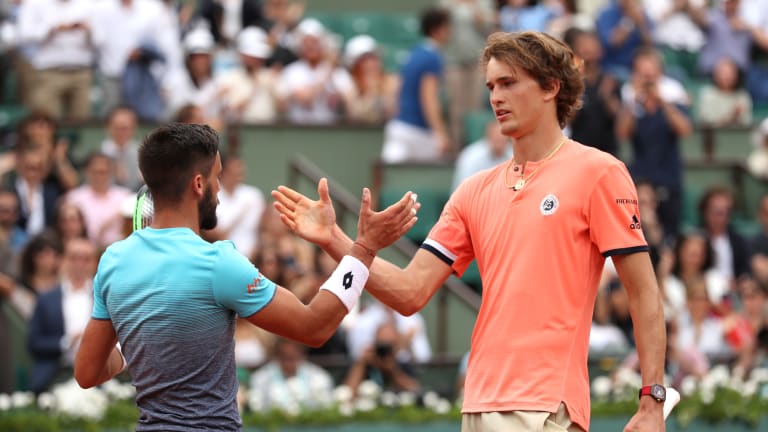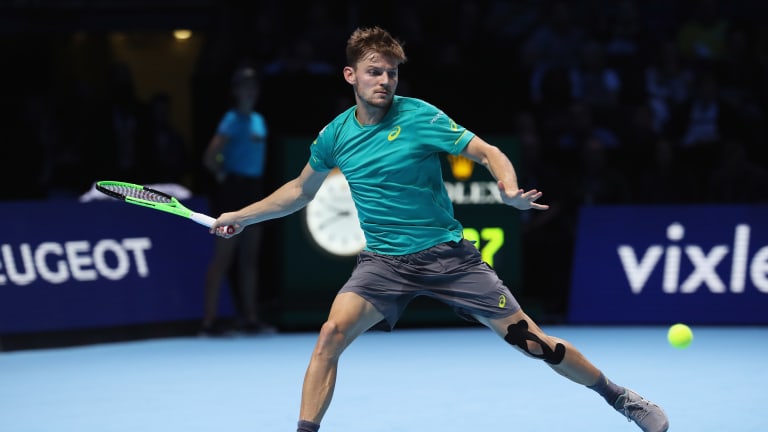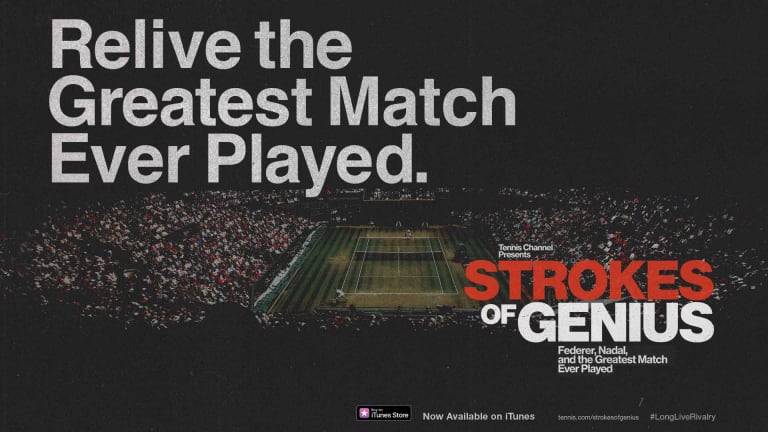There is plenty to suggest that bigger is better on the ATP tour these days.
The Top 10 has never been taller, thanks to recent breakthroughs like 6'6" Alexander Zverev winning three Masters titles, 6'8" Kevin Anderson reaching two Grand Slam finals, and 6'10" John Isner winning his first Masters title at Miami and reaching his first Grand Slam semifinal at Wimbledon. Add to that the recent resurgences of Juan Martin del Potro and Marin Cilic, who at 6'6" are the tallest players ever to win Grand Slams.
The advantages of height in tennis have been amply documented—more power, more angles, more reach. Nowhere is this more apparent than while serving. The ATP statistics in this category are dominated by giants like Isner, 6'11" Ivo Karlovic, and Anderson.
Tall players have also improved their movement, traditionally an area of weakness, to become more and more relevant at the top of the game.
But even now, being tall isn't all—smaller players have also been making an impact. The most prominent is David Goffin, a generous 5'11" and No. 11 in the rankings. The Belgian was as high as No. 7 following his wins against both Rafael Nadal and Roger Federer at last year's ATP Finals, where Nadal was injured but still highly competitive.
Just one spot behind at No. 12 is Diego Schwartzman, 5'7" and the sole player to take a set off Nadal at the French Open. There's also recently injured Grand Slam finalist Kei Nishikori, Fabio Fognini and Philipp Kohlschreiber, all 5'10" and established Top 25 players or better. They have been joined by Damir Dzumhur, 5'9", who in July reached a career-high No. 23 and won the first two titles of his career in 2017.


